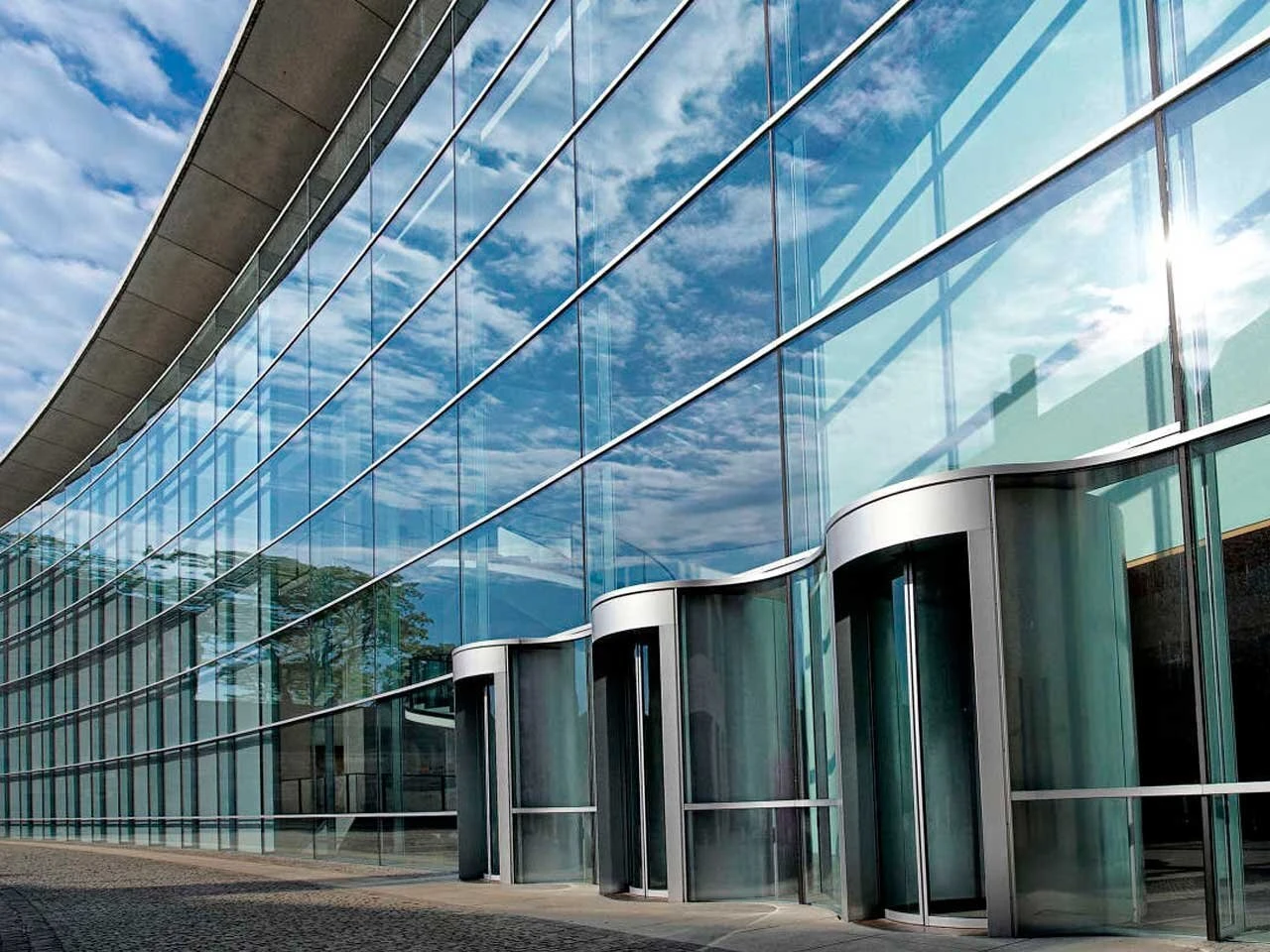

The Allure of White Reflective Glass A Modern Architectural Element
In contemporary architecture and design, the use of materials plays a pivotal role in not only the aesthetics of a structure but also its functionality. Among the myriad options available to architects and designers, white reflective glass stands out for its unique combination of elegance, versatility, and practical benefits. This innovative material has become increasingly popular in modern construction, transforming spaces into luminous, inviting environments.
Aesthetic Appeal
White reflective glass is often celebrated for its striking visual impact. Its sleek, luminous surface reflects light beautifully, creating an ethereal quality that enhances the overall design of buildings. The bright, reflective properties of this glass serve to illuminate interiors naturally, reducing the need for artificial lighting during the day. In urban environments, buildings adorned with white reflective glass can create a sense of harmony and sophistication, as they catch the sunlight and resonate with their surroundings.
With its clean, minimalist aesthetic, white reflective glass harmonizes perfectly with other materials, such as steel, concrete, and wood. It provides a contemporary look that aligns with modern architectural trends, making it a favorite for both commercial and residential projects. Whether used as large curtain walls, windows, or decorative elements, white reflective glass adds a touch of elegance and can dramatically alter the perception of space.
Environmental Benefits
Beyond its beauty, white reflective glass offers numerous environmental advantages
. Its reflective qualities help to reduce heat absorption, contributing to a more energy-efficient building environment. By minimizing the need for excessive air conditioning, structures employing this material can lower overall energy consumption and decrease emissions, promoting sustainable building practices.
Moreover, white reflective glass can assist in achieving various green building certifications, such as LEED (Leadership in Energy and Environmental Design). By utilizing materials that enhance energy efficiency, builders can create spaces that are not only aesthetically pleasing but also environmentally responsible. This dual advantage makes white reflective glass an attractive option for developers aiming to balance design with sustainability.
Versatility in Application
The versatility of white reflective glass is another factor contributing to its popularity. It can be used in various applications, from residential homes to skyscrapers, retail spaces, and public buildings. In homes, it can create expansive, airy spaces filled with natural light, making interiors feel larger and more open. In commercial settings, it projects a modern image that can attract customers and clients alike.
Furthermore, the versatility of this material allows for customization in thickness, size, and finish. Architects can tailor the glass to meet specific project requirements, ensuring that it fulfills both aesthetic and functional needs. The ability to incorporate white reflective glass into various design paradigms—ranging from ultra-modern to more traditional styles—further cements its position as a go-to material in contemporary architecture.
Conclusion
In summary, white reflective glass represents a harmonious blend of beauty, functionality, and sustainability. As architects and designers continue to push the boundaries of modern construction, materials that offer versatility and environmental benefits, such as white reflective glass, will remain at the forefront of architectural innovation. Its bright, reflective surface is not just a trend but signifies a broader movement towards creating spaces that are both visually stunning and responsible. As we navigate an ever-evolving landscape of design, white reflective glass will undoubtedly play a pivotal role in shaping the future of architecture.